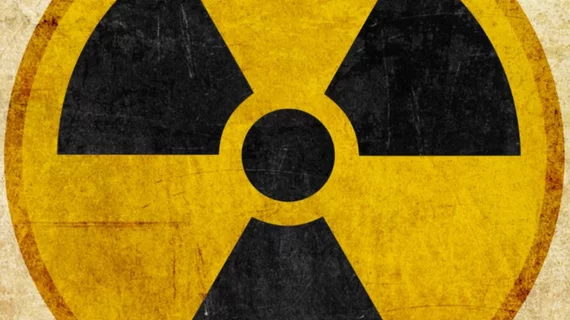'Rushing' radiographer exposes child to 50 times recommended radiation dose during exam
A radiographer in England was recently reprimanded for exposing two children to adult radiation levels said to be 50 times higher than the recommended dose threshold.
Birmingham Mail reported that Camilla Hewitt, a radiographer employed through a staffing agency at Walsall Manor Hospital, made the overexposure mistake because she was “rushing” while completing abdominal X-rays. This caused her to expose the child to an adult dose, rather than a pediatric dose, and also necessitated a second exposure.
“I was rushing as the child was wriggling and crying and I wanted to ensure I exposed when they were still,” Hewitt said to an investigative panel. “I should have checked the exposure factors before positioning the patient and then before exposing.”
The news outlet reports that the incidence of overexposure happened not once, but twice on two separate pediatric patients. There was another incident in which the tech imaged the incorrect body part on a different patient after a disciplinary panel had already created an action plan to correct her past mistake.
Hewitt, who was suspended, reported independently completing up to 50 X-rays a day while working at the hospital. Though the news outlet did not specify that the hospital was experiencing any staffing issues in this situation, the events do highlight the burdensome workloads and staffing shortages many hospitals across the world are currently facing.
Mercer’s 2021 External Healthcare Labor Market Analysis predicts that, based on current trends, 6.5 million people will permanently exit healthcare by the year 2026, which only compounds the shortages departments are already dealing with. Similarly demanding workloads in radiology departments have lead to burnout and an increase in medical errors. Exposing a child to adult radiation doses is just one example of these medical errors and does put patients at risk. However, the two children overexposed in England are reported to be at minimal risk based on the documented doses they received.
“Upon analysis of the amount of overexposure to radiation contained in the incident reports, the risk of the patients developing cancer in the future was stated to be relatively minimal,” the disciplinary panel conceded.
Read the full story below.

